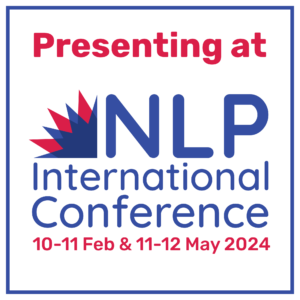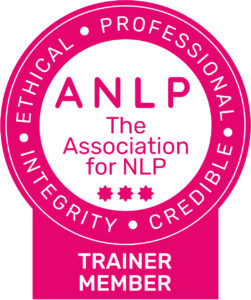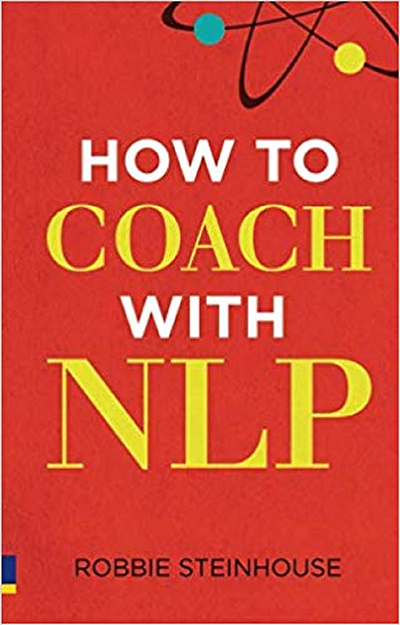How to Achieve Your Goals

It’s that time of year again — when the best-laid goals of New Year’s Eve slowly start to crumble. You go to the gym five times a week in January, twice a week in February, until, eventually, you stop going altogether.
The worst part is — it’s the same every single year. Still, you tell yourself that next year will be different. Next year, it will all change.
But things don’t change until we make them change, and to change what we do, we first need to change our perceptions.
Achieving your goals is no different. To change the outcome, you need to change the input. So here’s how, this time, you can do it differently.
Step 1: What Is Your Primary Goal?
When setting a goal, ask yourself what it is that you actually want to achieve. Chances are, there is more than one way of getting there.
If your goal is to go to the gym, for example, ask yourself: What is the underlying intention? You’ll probably discover that it’s something only tangentially linked to the act of going to the gym.
Your real motive is likely to be something more personal, like feeling better about yourself or getting fit. This is your Primary Goal.
Another way to discover your Primary Goal is to ask yourself: If I achieve this goal, what will change in my life?
After this, you are ready to move on to the “Want To” Technique.
Step 2: The “Want To” Technique
We have no trouble doing things that we want to do. For example, I really wanted to binge-watch The Good Place this weekend on Netflix. I succeeded. Effortlessly.
We don’t have to convince ourselves to do the things that we want to do. Only the things that we feel we should do.
The biggest obstacle to achieving your goals is approaching it with the wrong mindset.
Setting goals from a position of “should” is a recipe for disaster. In fact, telling yourself that you “should” do something is the best way to ensure that you never do it.
“Should” is an obligation. It tells your subconscious that this is something which you don’t want to do. You don’t tell yourself that you should eat a cookie. You tell yourself that you want to.
Approach your goals in a similar way. Instead of thinking about why you should do something, start thinking about the reasons why you wantto do it.
Step 3: Link them together
The final step to goal-setting is to link your Primary Goal and the “Want To” Technique.
To do this, ask yourself: Is there a way of achieving my Primary Goal, which is more in line with what I normally want to do?
If you’re an outgoing person who normally likes to socialise, then going to the gym is probably not the best way to achieve your Primary Goal. But a class is.
If your aim was to write more, but creativity comes in bursts for you, then set working to a daily time or word limit isn’t the best way to achieve your aim. Instead, set yourself the goal of finishing a set number of pieces per week.
Step 4: Create (Exclusive) Positive Loops
The penultimate step is to link your goal with things that you already want to do.
For example, every time you go to the gym, follow it with a relaxing bath. This way, you will reframe your goal (going to the gym) as something that you wantto do, by linking it to something that you already like to do (having a bath). This is the positive loop.
The next and harder step is to make the positive loop exclusive. In the gym scenario, this means only ever having a bath after you have been to the gym.
This is the exclusive part of the positive loop. By intrinsically linking the thing that you wantto do with the thing that you want to startdoing, you create a subtle reward system.
Finally: Go Slow
Often, we give up on our goals because we have unrealistic expectations. We give it our all in the first week. But then, when we inevitably slow down, we regard our current pace as a mark of failure.
This is just not the case.
Your initial unrealistic speed is not a sign of success. Consistency is. Your slower pace is not a mark of failure. Giving up is.
If you find your original pace unachievable, take this opportunity to re-assess, not to give up.
Summary
- The problem with most goals happens at the level of intention, not execution. Here’s how you can change that:
- Figure out what your Primary Goal is. This is the the “why” underlying your goal. To do this, ask yourself: “Why do I want to achieve this goal?” and “What do I think it will bring to my life?”
- We do the things that we want to do. We struggle to do the things that we feel like we shoulddo. To achieve your goals, reframe how you think about them. Set out the reasons why you wantto do what your goal entails, rather than focussing on why you think you shoulddo it.
- Create positive loops. This means doing things that you normally want to do, right after you have worked on your goal.
- Pace yourself. Do this instead of setting an unsustainable speed in the first couple of weeks and getting demoralised when you can’t keep it up.
About the Author
Sophie Leane is a guest contributor to The NLP School on Medium and the NLP School blog. You can also find her writing on Medium HERE.
Did you like this post?
Then check out our events and courses!
Where to find us
For posts, events, free open days and more, follow NLP School on:
What to read next
How to Improve Your Creativity
How to Manage Negative Feelings and Reactions









